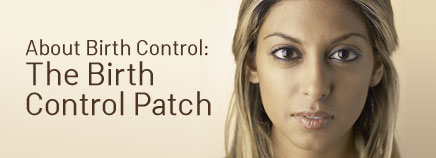


Currently having high blood pressure or high cholesterol.Risk factors for hormonal birth control include: If you have any of the risk factors listed below, you should discuss with your health care provider if the risks are worth the rewards. These risk factors do not cause side effects but may slightly increase the likelihood of the side effects occurring. Some women may be at a higher risk than others to have more serious side effects.
#Birth control patch Patch#
Risks to Consider Before Starting the Pill or the Patch Even so, the risk of having any heart problems or blood clots is extremely low. While both birth control pills and the patch carry an increased risk of blood clots and raised potassium leading to potential heart problems, the reason that the patch is slightly more likely to cause blood clots is because it contains 60% more estrogen than the pill. Though it’s very rare, the patch can also lead to blood clots in the: Redness and itching where the patch is worn.Side effects you may experience with the patch that are not experienced with birth control pills include: Most of the possible side effects of the contraceptive patch are similar to birth control pills and also are likely to lessen as your body becomes used to the increased level of hormones being released. Possible Side Effects of the Contraceptive Patch If the patch is off for more than a two-hour period, it is recommended that you use a backup birth control method. There is less than a 2% chance that the patch will fall off. The patch is designed to stay on even when you sweat or take a shower. The patch will be changed each week for three weeks and then removed for a week before the next one is applied. Hormones in the patch prevent pregnancy the same way the pill does, by preventing the release of eggs and making an inhospitable environment for sperm to travel in. Once the patch has been placed, it will release a steady amount of hormones into your bloodstream. Areas where the patch can be placed include: You can have the patch placed on one of a few locations, depending on where it is most comfortable for you.
#Birth control patch skin#
The contraceptive patch contains both progestin and estrogen and is placed on the skin where your body will absorb it. What Is the Contraceptive Patch and How Does It Prevent Against Pregnancy? Most of these side effects are the result of increased hormones in the body, and the symptoms will often subside after using the pills for a few months. Some of the most common side effects associated with birth control pills include:


 0 kommentar(er)
0 kommentar(er)
